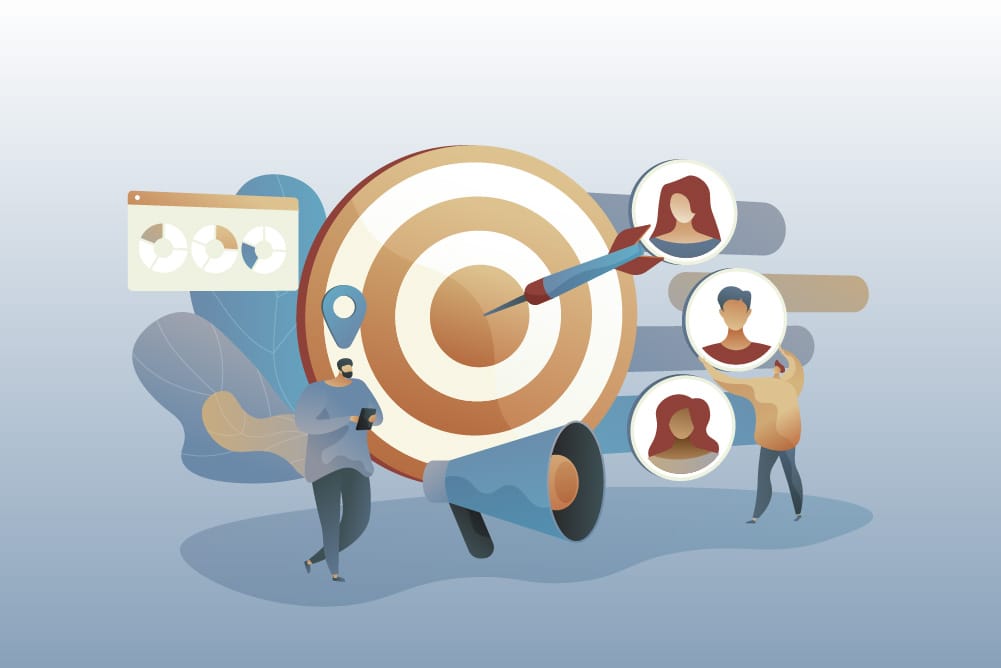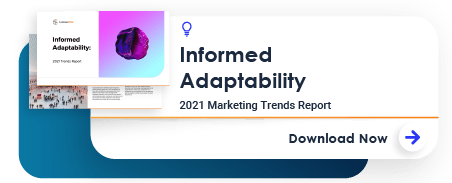When it comes to effective marketing, audience segmentation is foundational. After all, segmentation is a prerequisite for targeting. As such, it’s no wonder so many companies invest a lot of time, effort, and resources in collecting audience data across a wide variety of attributes. But how much of that data ever actually gets used to uncover valuable insights, or to define useful audience segments? The simple answer is not nearly enough. That’s because most organizations rely heavily on Rules-based Segmentation (RBS), which tends to promote a reliance on only a small fraction of the data an organization collects. What if, instead, you could leverage all of your audience data to create segments? You can, by upgrading to a machine learning-based approach called Data-Driven Segmentation (DDS).
Watch the webinar Data-Driven Segmentation: Making Anonymous Audiences Addressable.
So, what is DDS, and how can you leverage this kind of machine learning for greater marketing impact? Perhaps the easiest way to answer that question is by contrasting DDS with RBS. The latter are segments defined by simple logical rules such as “device equals mobile” and “country equals USA.” RBS is quick and easy, but also relatively crude. Let’s dive deeper to understand how DDS changes the approach to segmentation.
Comparing RBS with DDS
Imagine “wading” through your organization’s cookie pool, trying to isolate a high-value segment that is likely to convert or become a lead. With RBS, you can slice and dice your audience with as many metrics and dimensions as you like. However, the resulting segments aren’t necessarily going to be all that accurate. In fact, there is still quite a bit of room for error – i.e. you’re left with many people in your segment who shouldn’t be there, and vice versa.
Furthermore, managing all those “rules” doesn’t scale well when dealing with the full scope of digital marketing datasets. No one analyst can feasibly tap into the full breadth and depth of these datasets. The only way an organization can efficiently mine that data is via machine learning, rather than through the manual efforts of human analysts. Ergo, with RBS, a lot of opportunity goes to waste.
DDS, on the other hand, is a more scalable way to build your audiences and deliver impact at scale. Because we’re leveraging algorithms to build our segments, we can now use a vastly larger amount of data to inform our segment definitions. In addition, because we’re not relying on only a few “business rules” (which often turn into stereotypes), the segments being created are much more accurate. What this means is that while the use-cases for audience segmentation don’t change — personalization, media targeting, etc. — the performance of your activations will change for the better.
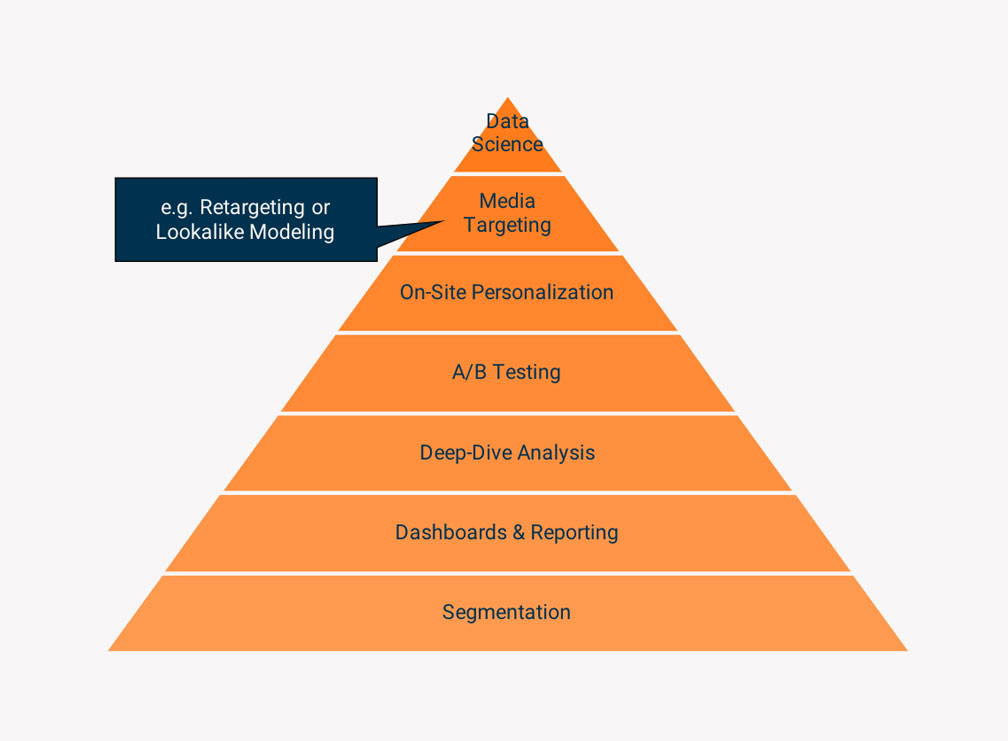
How Does DDS Work?
DDS principally relies on a clustering algorithm such as k-means clustering, in which a lot of data gets fed into a model. The algorithm differentiates people into different clusters based on shared attributes, such as personal attributes and behaviors. But clustering alone can’t tell you why someone is in a particular cluster. For that, you need more intelligence.Next, you’ll need to layer on another technique called classification to see why people are categorized into certain clusters. After running a classification algorithm “on top of” your clustering algorithm, you’ll not only see how many people ended up in each cluster, but you’ll also know why. In practical terms, you’ll wind up with a decision tree which outlines the various factors that push people into one cluster or another.
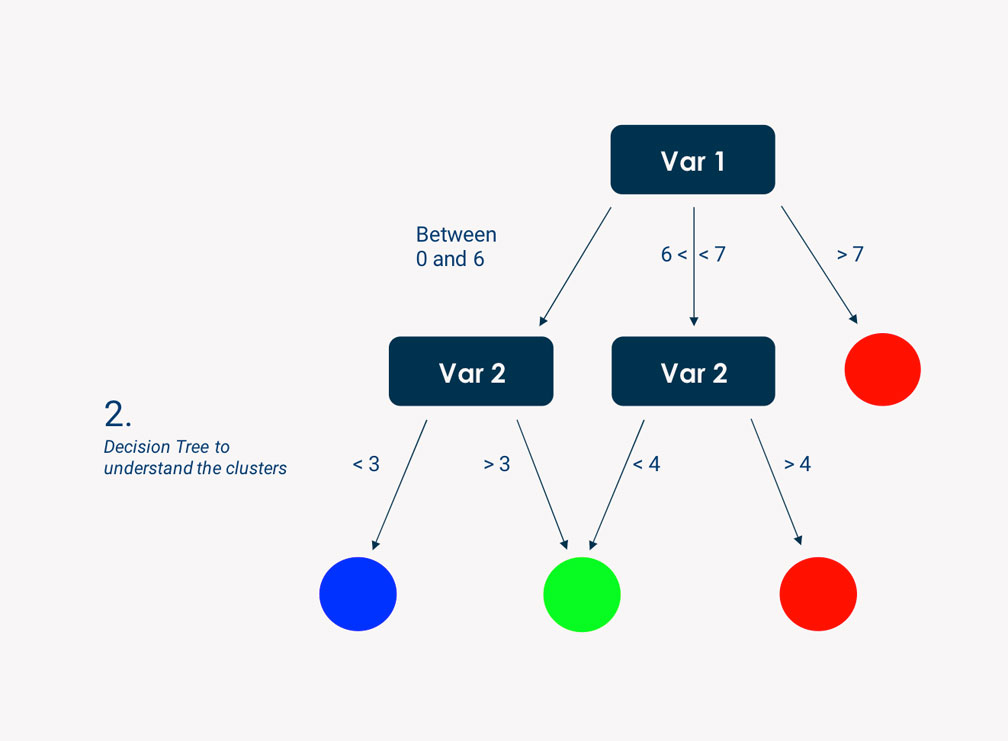
Generating Leads with DDS
Armed with these segments and the intelligence about how the segments are different from one another, you can then target the segments with personalized experiences. You can learn about the different kinds of content that various audiences respond to, and make timely modifications to drive bigger lift. DDS allows you to understand behaviours better, so you can predict intent and then tailor your website for each major cluster. Home pages, for example, are ripe for customization because the one-size-fits-all approach leaves so much opportunity on the table.
DDS isn’t just about on-domain personalization, though. You can also use these segments as a framework for providing personalized creative/messaging across paid media channels. For example, if you know that different audience segments are likely to be interested in different product lines, you can create customized creatives to showcase the relevant products to the appropriate segments.
What You Need for a DDS Project
Ready to take the plunge? Here’s what you’ll need:
- Raw Data: At least several months’ worth of unprocessed marketing data is required from the outset. This is so that you have sufficient dimensions and metrics to feed to the algorithm. A stable implementation of Adobe Analytics or Google Analytics, for example, can give you the kind of inputs needed for this type of clustering exercise.
- Cloud Computing Environment: DDS is computationally intensive, so you’re going to want a cloud-based environment where you can handle all that computing. The big players are of course Google, Microsoft, and Amazon, but you can also use your own internal data warehouse if you have one.
- Data Pipeline: This has to be a two-way pipeline that connects your data to your computing environment and back again. This is crucial because once you’ve defined your clusters, you’ll need a way to get those clusters back into your marketing activation platforms.
- Clustering Algorithm: Most marketers use k-means clustering because it’s common and well-documented.
- Classification Algorithm: This will definitely help to enrich your understanding of your audience clusters, but you can think of this step as an optional “phase two.” First, focus on getting clearly defined clusters. Then research the right classification algorithm for your organization or ask a Cardinal Path data scientist for a recommendation.
- Determination and patience: This is especially true if it’s a first-time DDS project for your organization. Keep in mind you will have some hurdles to clear, but the payoff will eventually be big.
Maximizing Your ROI with DDS Best Practices
Once you have your segments built, there are a few best practices to consider in order to get the most out of your DDS project.
Socialize your segments across your organization by building out personas based on your cluster intel. So instead of talking about a numbered cluster that came out of an algorithm, describe who these people are to you, so can better serve them with more personalized engagement.
You will also need to invest in some training on use-cases and basic reporting to help everyone on your team understand why DDS is important and how to better serve those segments.
Governance is key to long-term success. There should be a clear owner of the model, someone who defines the segments and who manages the process. While it’s a good idea to engage various business stakeholders across the organization to ensure they understand how it works, it’s best to have some pretty firm controls over who decides what kind of inputs go into the model because that has a huge impact over what comes out of the model.
Cost Considerations of DDS
Storing and computing a large volume of data can be expensive, but you can mitigate costs by running a lean project. For example, you could have 300 variables, but that doesn’t necessarily mean you should. Look for redundancy. If you have two highly correlated variables, you don’t need to feed both of them into the model. Consider building out a correlation matrix so you can identify and weed out these “empty calories.”You also need to consider how many clusters to work with. To do this, you need to manage the trade-off between accuracy and ongoing management costs. More clusters generally translate into more accuracy. at the same time, you probably don’t want to manage countless clusters over the long run. One way to determine the optimal number of clusters is by focusing on the “elbow method”, a line chart that will show where you’re hitting the point of diminishing returns in terms of reducing error. Ask a Cardinal Path data expert how to plot one of these graphs for your company.
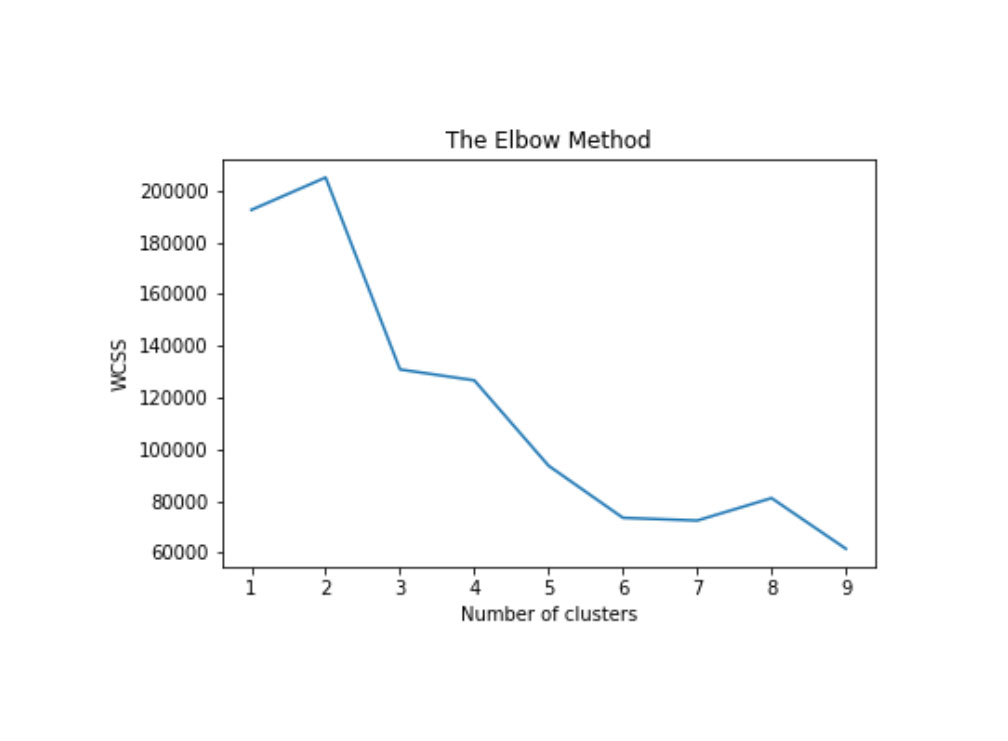
Segmentation Opens the Floodgates on Marketing Effectiveness
Bottom line: audience segmentations are foundational to driving greater marketing impact, and data-driven personalization gives you a lot of reasons to be excited. Once you have a scalable, repeatable way to build audiences, you can:
- Provide timely, relevant reporting through custom dashboards
- Mine opportunities by analyzing behaviours
- Continuously test, optimize, repeat
- Personalize experiences on-domain
- Target off-domain (i.e. retargeting)
- Run data science applications as attribution models against specific audiences
Conclusion
Upgrading from RBS to DDS will vastly improve the scale and performance of your segmentations. Instead of leaving the vast majority of your marketing data unused, you’ll now be defining your audience segments based on the full breadth and depth of your datasets. DDS will require most organizations to learn some new skills and acquire some new tools, but these investments will pay off in the form of better on-domain engagement, as well as improved targeting across paid media channels. You’re collecting a lot of data. It’s time to extract way more of its value through DDS.
Contact us for a free tutorial on Data-Driven Segmentation. We’re here to help. Whether you’re starting a DDS project from scratch or you’ve already built out a model but need help validating your results, Cardinal Path can guide you through the process.
Author

Nick is Vice President of Analytics at Cardinal Path, where he is responsible for the commercialization and delivery of Google Analytics and related services. When not working with clients, Nick authors original research, articles and blog posts, and speaks at conferences around the world. He is an alumnus of the 2023 college football national champion University of Michigan.
View all posts
